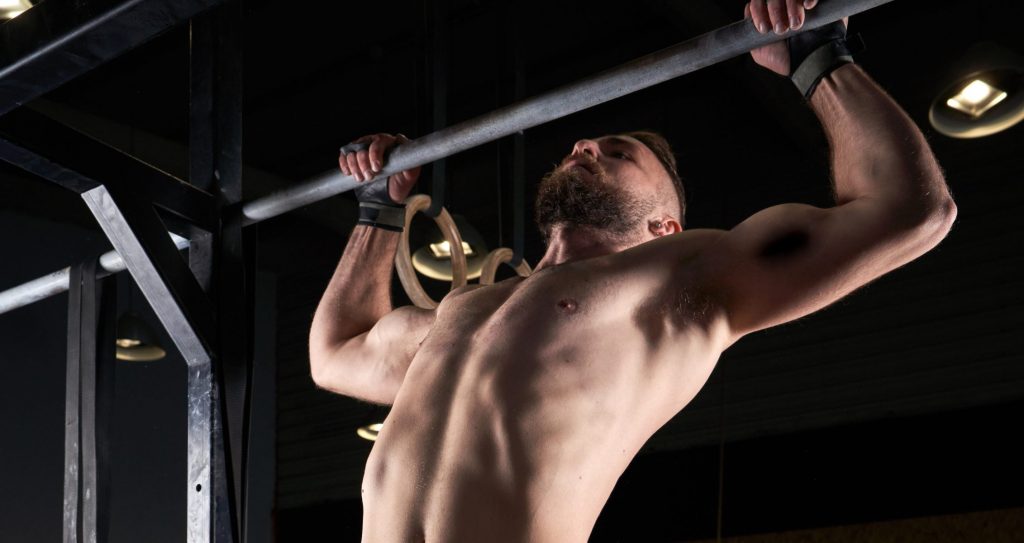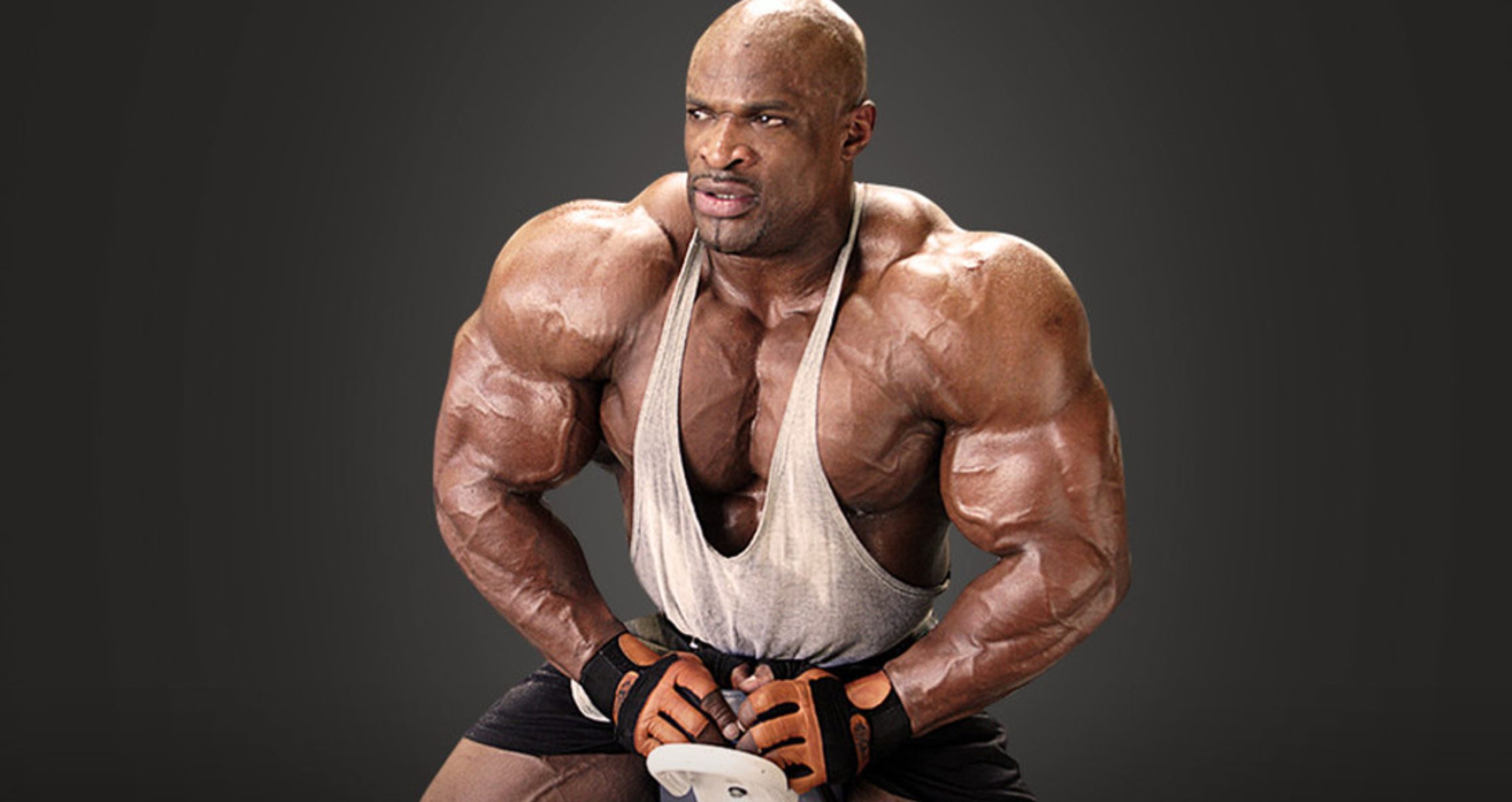A Complete Guide for Beginners
If you’ve spent any time in a CrossFit box or watched a fitness competition, chances are you’ve seen athletes flying up and over the pull-up bar in a way that looks part-gymnastics, part-strength. These are called kipping pull-ups, and they’re a controversial yet powerful movement used to improve pull-up volume, metabolic conditioning, and upper-body endurance.
In this article, our team at Generation Iron will break down exactly what kipping pull-ups are, how they’re different from strict pull-ups, who should (and shouldn’t) do them, and how to perform them safely.
What Are Kipping Pull-Ups?

A kipping pull-up is a type of pull-up that uses momentum from a swinging motion to help the athlete get their chin above the bar. Rather than relying solely on upper-body strength, the kip involves a coordinated movement of the hips, legs, and core to generate force and rhythm.
Think of it as combining strength with technique to do more pull-ups in a shorter period of time.
Kipping pull-ups are especially popular in CrossFit and functional fitness workouts, where completing a high number of reps efficiently is often the goal.
Kipping vs. Strict Pull-Ups
Let’s look at how kipping pull-ups compare to strict pull-ups:
| Kipping Pull-Ups | Strict Pull-Ups |
|---|---|
| Use momentum and hip drive | Use only upper-body strength |
| Faster and more rhythmic | Slower and more controlled |
| Good for high-rep workouts | Good for building pure strength |
| Involve more muscles (core, hips) | Focus mainly on back and biceps |
| More technical and timing-based | Simpler to perform but harder to execute for reps |
While strict pull-ups are considered a baseline strength test, kipping pull-ups are more about efficiency, endurance, and skill.
The Kipping Motion: How It Works
The kip is a dynamic movement pattern that involves two main phases:
- The Arch (Superman Position):
The athlete hangs from the bar and swings forward by pushing the chest out and legs back, creating tension in the body. - The Hollow (Hollow Body Position):
As the swing reverses, the athlete quickly drives their legs forward and hips upward while pulling with the arms. The explosive hip pop helps propel the body upward so the chin can clear the bar.
The movement flows continuously, allowing the athlete to cycle reps quickly without fatiguing as fast as they would during strict pull-ups.
Benefits of Kipping Pull-Ups
Here are some reasons why athletes use and train kipping pull-ups:
1. High Rep Efficiency
Kipping allows athletes to perform more pull-ups in a shorter amount of time, making it ideal for workouts that include pull-ups for time, such as CrossFit WODs like Fran or Murph.
2. Improved Conditioning
Because they require rhythm, coordination, and full-body engagement, kipping pull-ups can spike your heart rate and improve muscular and cardiovascular endurance.
3. Skill Development
The kip itself is a fundamental skill in gymnastics and CrossFit. Learning how to control and transfer momentum can improve other movements like toes-to-bar, muscle-ups, and handstand push-ups.
4. Core and Hip Power
A properly executed kip relies heavily on core strength and explosive hip movement, which can translate into better performance in Olympic lifting and athletic training.
Risks and Controversy
While kipping pull-ups offer many benefits, they aren’t for everyone. Here are a few concerns:
1. Not a Replacement for Strength
Critics argue that kipping pull-ups don’t build the same raw strength as strict pull-ups—and they’re right. If you can’t do several strict pull-ups, jumping into kipping may lead to injury.
2. Shoulder Stress
Because of the explosive nature of the kip, there’s increased strain on the shoulders and rotator cuff, especially if performed with poor technique or weak shoulder stabilizers.
3. Technique Required
Learning kipping requires proper coaching and body awareness. Attempting to learn it too fast without mastering basic movements like the hollow and arch can lead to bad habits or injury.
How to Learn Kipping Pull-Ups Safely

If you want to add kipping pull-ups to your training, here are some safe steps:
1. Build Strict Strength First
Before you attempt to kip, make sure you can do at least 5–8 strict pull-ups. This gives your muscles and joints the stability they need to handle the dynamic movement.
2. Master the Hollow and Arch Positions
Practice the hollow hold and superman hold on the floor before transitioning to the bar. These are the building blocks of the kip.
3. Practice Beat Swings
Get comfortable swinging on the bar by moving between the arch and hollow positions with control. These are known as beat swings and are great for shoulder and core development.
4. Learn the Kip Drive
Once beat swings feel natural, work on the hip pop—the explosive drive that propels you upward. Combine this with your pull to get your chin over the bar.
5. Use a Coach or Video Feedback
Learning from an experienced coach or recording your technique can help you identify flaws and make adjustments.
Should You Do Kipping Pull-Ups?
The answer depends on your goals.
- If you’re a CrossFit athlete, learning to kip is essential.
- If your focus is on pure strength, you may want to stick with strict pull-ups.
- If you’re new to fitness or recovering from an injury, consult a coach or physical therapist before attempting any dynamic bar work.
Kipping pull-ups are a skill, not just an exercise. Like all technical movements, they require practice, patience, and respect for progression.
Final Thoughts
Kipping pull-ups are a powerful movement when used appropriately. They combine athleticism, coordination, and endurance into one dynamic exercise. While they may not be a replacement for strict strength training, they serve a unique and important role in functional fitness training and competitive settings.
Just remember: master the basics before chasing volume. Build strength, learn the kip correctly, and respect your body’s limits. Done right, kipping pull-ups can take your training to the next level.
Have you ever done kipping pull-ups? If so, let us know what happened and follow us on Instagram, Facebook, and Twitter.








